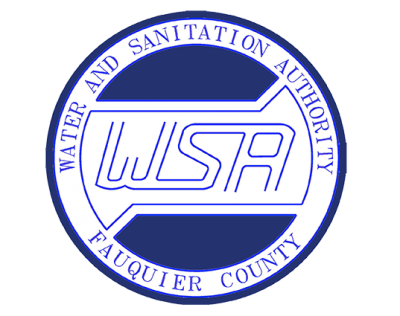Cross Connection Control Program
What is a Cross-Connection?
Cross-connections that contaminate drinking water distribution lines are a major concern. A cross-connection is formed at any point where a drinking water line connects to equipment (boilers), systems containing chemicals (air conditioning systems, fire sprinkler systems, irrigation systems), or water sources of questionable quality. Cross-connection contamination can occur when the pressure in the equipment or system is greater than the pressure inside the drinking water line (backpressure). Contamination can also occur when the pressure in the drinking water line drops due to fairly routine occurrences (main breaks, heavy water demand), causing contaminants to be sucked out from the equipment and into the drinking water line (back siphonage).
Outside water taps and garden hoses tend to be the most common sources of cross-connection contamination at home. The garden hose creates a hazard when submerged in a swimming pool or attached to a chemical sprayer for weed killing. Garden hoses that are left lying on the ground may be contaminated by fertilizers, cesspools, or garden chemicals. Improperly installed valves in your toilet could also be a source of cross-connection contamination.
The Virginia Department of Health Waterworks Regulations (12VAC5-590-580) requires the FCWSA to maintain and enforce a Cross-Connection Control Program (Volume 2 Part C of the FCWSA Operating Code), to ensure all backflow prevention devices are installed, maintained, and annually tested.
Residential, industrial, commercial, and institutional facilities in the service area are surveyed to make sure that potential cross-connections are identified and eliminated or protected by appropriate valves, known as backflow prevention devices. FCWSA will periodically reach out to customers with a customer water system questionnaire to assist us in meeting this Waterworks Regulations requirement (FCWSA Form No. CCCP-0003). Based on the results, an on-site survey may be required.
Device Installation Device Testing
Consumers are responsible for installing, testing, and maintaining required backflow prevention devices or backflow prevention by separations and/or pressure sensing devices at certain connections to the FCWSA’s water supply. A copy of a completed Backflow Preventer Installation Information form (FCWSA Form No. CCCP-0001) must be submitted to FCWSA after installation.
Device Testing
Backflow Prevention Devices are required to be inspected and tested annually by a Certified Backflow Prevention Device Tester. A copy of a completed Backflow Prevention Device Test Report (FCWSA Form No. CCCP-0002) must be submitted to FCWSA to verify compliance.
Forms
CCCP-0001-Backflow Preventer Installation Information-20240125
CCCP-0002-Backflow Prevention Device Test and Maintenance Report-20240126
CCCP-0003_Customer Questionnaire_fillable_04_03_2024
Send by email to CCCPAdministrator@fcwsa.org
or by mail to:
Attn: Cross-Connection Administrator
Fauquier County Water and Sanitation Authority
7172 Kennedy Road Warrenton, VA 20187
Other Helpful Information
Virginia requirements for cross-connection control and backflow prevention information can be found in 12VAC5-590-580 to 12VAC5-590-630 at https://law.lis.virginia.gov/admincode/title12/agency5/chapter590/section580/

